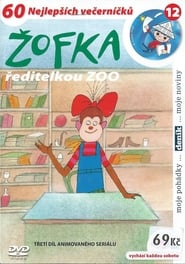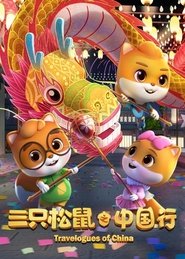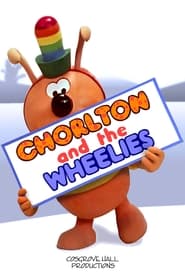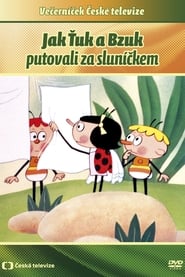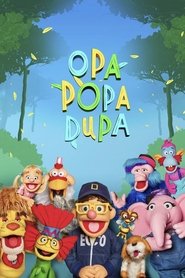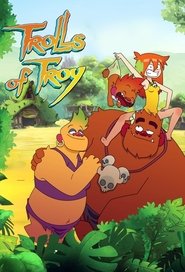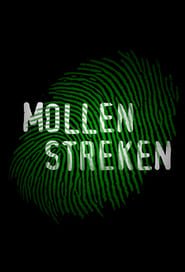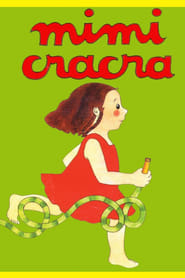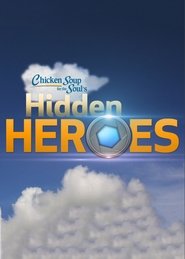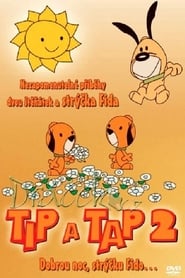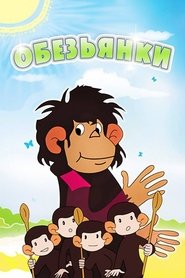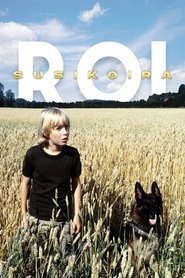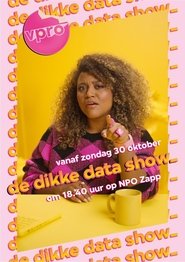Kids TV Series - Page 209
-
Žofka ředitelkou ZOO
1996
-
三只松鼠之中国行
0000
三只松鼠之中国行
0000
-
Chorlton and the Wheelies
1976
star 6Chorlton and the Wheelies is an animated children's television series that ran from September 1976 until June 1979 on British Television Channel. It followed the adventures of Chorlton, a fictional happiness dragon, in Wheelie World. Chorlton and the Wheelies was created by Cosgrove Hall for the ITV station Thames Television, and the eponymous lead character gets his name from the suburb of Manchester in which the Cosgrove Hall studio was based: the legend "Made in Chorlton-cum-Hardy" is found written on the inside of the egg from which he hatches in the very first episode of the series. -
Ràndom
2022
Ràndom
2022
-
The Voice Kids Croatia
2024
The Croatian version of The Voice Kids, a competition that selects the kids with the best singing talent. -
Opa Popa Dupa
2019
Opa Popa Dupa
2019
star 7.3A puppets show with a clear goal: to educate through entertainment. With songs, celebrities and lots of humor so that children can learn great values while they are still little and the grownups can feel proud. And they can all roar with laughter while watching Eco and Nube, the first NatGeo Kids explorers, trying to live with all the animals in the forest. -
Trolls De Troy
2013
-
O Kubovi a Stázině
1988
O Kubovi a Stázině
1988
-
Mole tricks
2020
Mole tricks
2020
Lavezzi Rutjes looking for The Mole. Every week he speaks in the studio about the episode. The missions and the behavior of the candidates. Does Lavezzi succeed to find that one question? -
Mimi Cracra
1986
-
Hidden Heroes
2015
Hidden Heroes
2015
star 10Hosted by Brooke Burke-Charvet, a hidden camera television show developed for teens in which each episode reveals the widespread goodwill in our world by secretly capturing heroes in action. -
Dino Aventuras
2015
Dino Aventuras
2015
-
Tip en Tap
1969
Tip en Tap
1969
star 8Two puppies who get into some kind of mischief in each episode, but who are always saved by their uncle (a flying adult dog) at the last second. At the end, their uncle brings them back home to their beds and tucks them in under the sheets. -
猪猪侠之南海日记
2021
猪猪侠之南海日记
2021
-
Little Monkeys
1983
-
Susikoira Roi
1987
Susikoira Roi
1987
star 7.5The story of Tomi, a schoolboy who finds a dog tied up in the forest and stoned by boys. Tom and the dog become friends immediately, but not all the residents of the town agree with Tom about the value of the stray dog, and the boy is forced to go into hiding with his new furry friend. Tom also has to work hard to convince his family at home to let him keep the dog. -
De dikke data show
2021
De dikke data show
2021
Everybody is well into the apps, socials, videos, streams and games. All those online tools often seem to be free, but aren't. You not only pay with money, but also with data. How does that actually work? What happens with that data? Jard Struik investigates this. -
Kuka uskoo haikaraa
1983
Kuka uskoo haikaraa
1983
-
바나나차차
2019
바나나차차
2019
